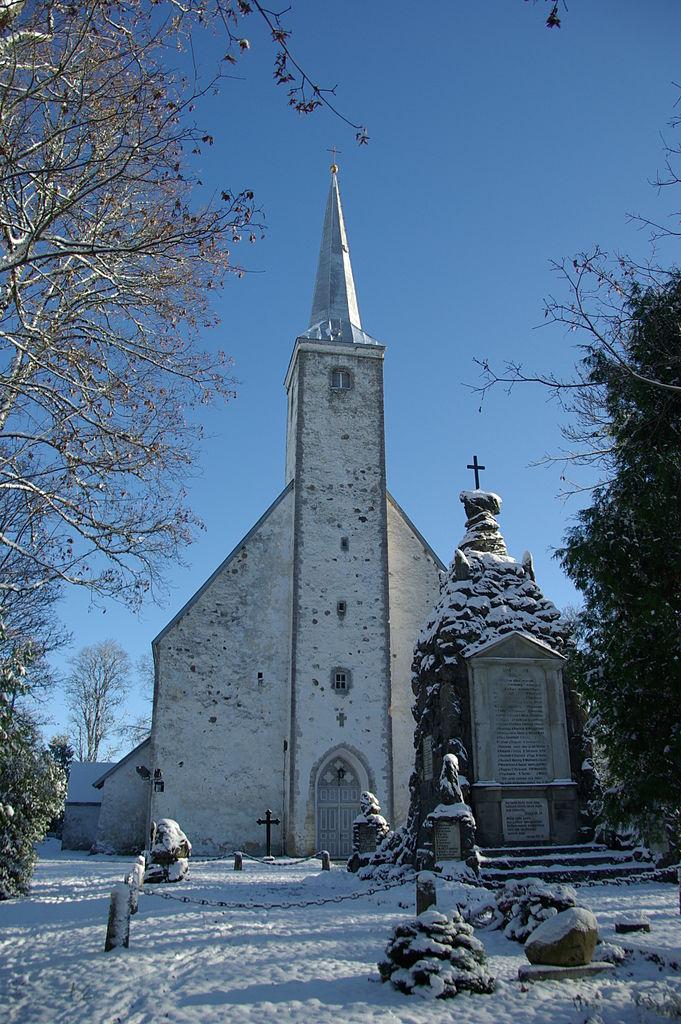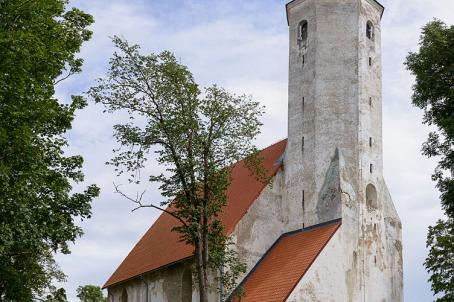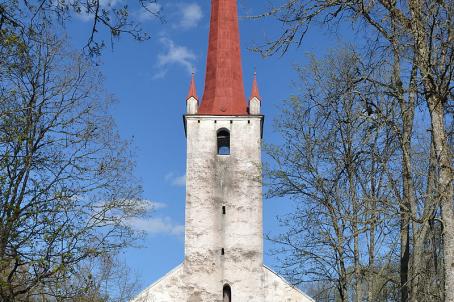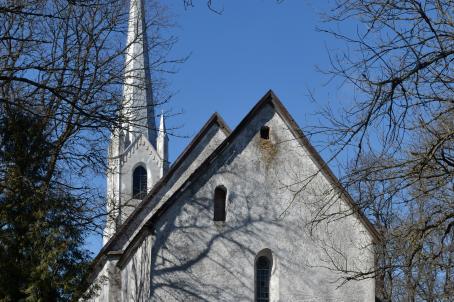St. Catherine's Church
St. Catherine's Church is a fortified church probably built in the middle of the 15th century. The church was destroyed during the Great Northern War in 1702 and subsequently restored. The church has an organ case carved by the Latvian carpenter Karlis Hermanis in the second half of the 19th century, which was brought to Kadrina in 1895 from the Church of Jesus in St. Petersburg.






